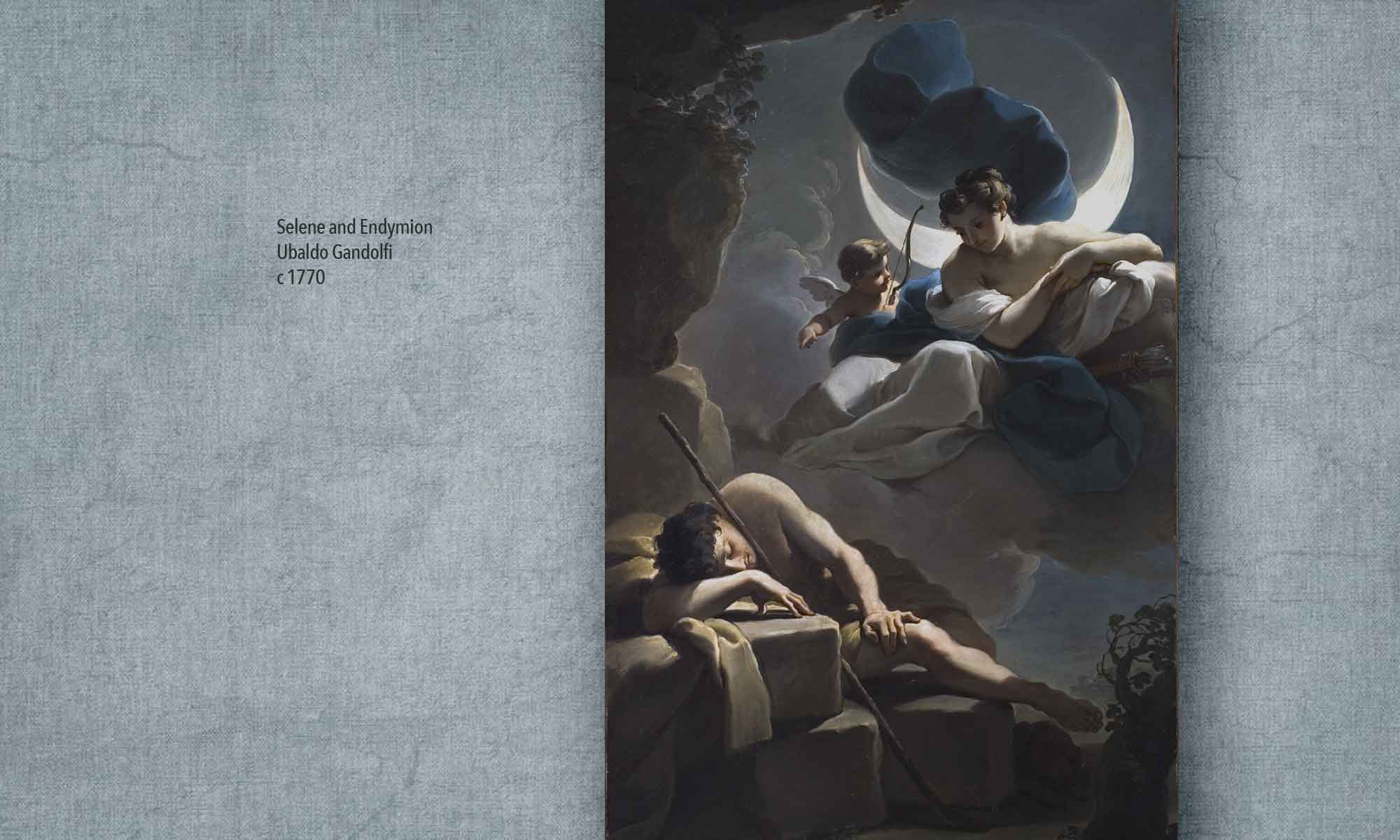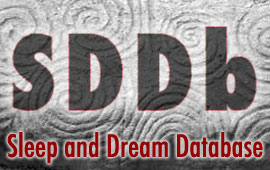 “Dreams are not mysterious, supernatural, or esoteric phenomena. They are not messages from the gods nor are they prophecies of the future.” That’s what Calvin Hall said in his 1966 book The Meaning of Dreams (New York: McGraw-Hill, revised edition, p. 120). Hall’s secular beliefs may or may not be justified, but what’s certain is that his baseline of “norm dreams” was designed to explain normal, average, ordinary types of dreams. He was not interested in unusual, extraordinary types of dreams involving “esoteric phenomena.” As a result, the baseline he developed gives what I call a homogenized view of dreams, privileging the theoretical significance of common, recently remembered dreams and denying the scientific relevance of rare but extremely memorable types of dreams from earlier times of life.
“Dreams are not mysterious, supernatural, or esoteric phenomena. They are not messages from the gods nor are they prophecies of the future.” That’s what Calvin Hall said in his 1966 book The Meaning of Dreams (New York: McGraw-Hill, revised edition, p. 120). Hall’s secular beliefs may or may not be justified, but what’s certain is that his baseline of “norm dreams” was designed to explain normal, average, ordinary types of dreams. He was not interested in unusual, extraordinary types of dreams involving “esoteric phenomena.” As a result, the baseline he developed gives what I call a homogenized view of dreams, privileging the theoretical significance of common, recently remembered dreams and denying the scientific relevance of rare but extremely memorable types of dreams from earlier times of life.
This is why I’ve created not one SDDb baseline, but two–one for most recent dreams (MRDs), and one for highly memorable dreams (MemDs). You can find a spreadsheet with the baseline word usage frequencies here. As always, I offer the caveat that this is a work in progress and will surely grow and change in the future. My focus for now is to clarify some of the basic features of different types of dreams. I’d like to know how MRDs and MemDs are similar, because that could tell us something interesting about how the sleeping mind operates consistently across varying dream types. I’d also like to know how MRDs and MemDs are different, because that could tell us something interesting about the complexity of the mind in sleep and the creative potentials of the nocturnal imagination. Setting up two baselines will, I hope, help the cause of answering these questions and provide a more sophisticated resource for the comparative analysis of other collections of dreams.
MRD Baseline: This includes 828 female dream reports and 691 male dream reports, all from the USA, all between 50 and 300 words in length, drawn from three sources. The Hall and Van de Castle norm dreams (491 male, 490 female) form one component of the baseline. This enables future analyses to maintain a solid “backwards compatibility” with the traditional standard of measurement in the dream research field, even as we continue trying to expand and improve beyond it. The additional dreams come from two SDDb sources: The Demographic Survey 2010, which included a “most recent dream” question, and the SCU Sleep/Wake Study 2008, which asked each participant to keep a dream journal and provide their two most recent dreams. The SCU participants were college students like the HVDC norm dreams participants. Those in the Demographic Survey were considerably older; I don’t yet have a detailed analysis of the age data, but I’m pretty sure the majority of participants were 50+ years of age.
MemD Baseline: This includes 801 female reports and 504 male reports, all from the USA, all between 50 and 300 words in length, drawn from four SDDb sources. One is a question asking participants in the Demographic Survey 2010 to describe the earliest dream from childhood they can still remember. Second is a question asking those same participants to describe the worst nightmare they can recall from any time in their life. Third is a survey of children ages 8-18 asking them to describe the most memorable dream they’ve ever had. Fourth is a survey of adults asking them to describe the most memorable dream they’ve ever had. Unlike the MRD baseline, this one includes reports from children and reports answering different types of questions. I have grouped these sources into a single baseline because they all fit comfortably under the heading “highly memorable dreams.” Two of the sources use exactly that phrase in their questions, and the other two asked questions implicitly seeking reports of dreams with unusual memorability. The inclusion of children’s reports is justified, I believe, because so many highly memorable dreams come from childhood, and thus children themselves may be in an especially good position to recall these dreams and describe them in detail.
At the far right of the spreadsheet you can see the word usage frequencies for each of these constituent sources of the two baselines. As I said in the previous post, two important principles for creating a useful baseline are transparency and flexibility. The baselines I’ve created have their limits, but they offer a great deal of transparency–you can see exactly where the reports are coming from–and flexibility–you can change or revise the baselines to suit your own purposes.
In the next post of this series, I’ll talk about some of the initial patterns I see in comparing the MRD and MemD baselines. I invite your thoughts and observations! And corrections where I’ve gotten something wrong…

